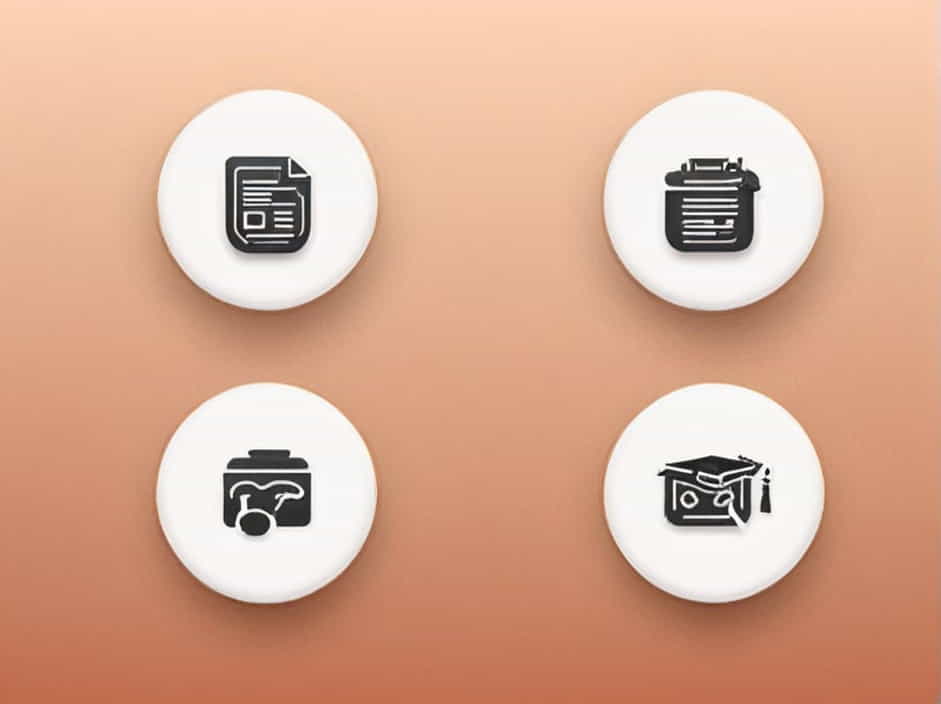Waiting for college decisions can be both exciting and stressful. After months of preparing applications, writing essays, and submitting transcripts, students eagerly anticipate the results. But when exactly do colleges release their decisions?
This topic will cover:
✔ The different college application deadlines
✔ When early decision and regular decision results are typically announced
✔ What to do while waiting for college decisions
✔ How to handle acceptance, rejection, or waitlist notifications
Understanding the timeline can help students prepare for the next steps in their college journey.
1. College Application Deadlines and Decision Release Dates
Colleges have different application deadlines, which affect when decisions are released. Here are the main types of application timelines:
A. Early Decision (ED)
✔ Deadline: Usually November 1 or November 15
✔ Decision Release: Mid-December
✔ Binding? Yes, if accepted, the student must attend that college
B. Early Action (EA)
✔ Deadline: Usually November 1 or November 15
✔ Decision Release: Mid-December to January
✔ Binding? No, students can choose to accept or decline the offer
C. Regular Decision (RD)
✔ Deadline: Usually January 1 or January 15
✔ Decision Release: March to early April
✔ Binding? No, students can compare multiple offers before choosing
D. Rolling Admissions
✔ Deadline: Varies by college (some have no fixed deadline)
✔ Decision Release: Typically within 4–8 weeks after applying
✔ Binding? No, students can accept or decline at their convenience
Each of these timelines has its own advantages. Early applicants receive results sooner, while regular decision applicants have more time to prepare their applications.
2. When Do Ivy League and Top Colleges Release Decisions?
Many students apply to prestigious universities like Harvard, Yale, Princeton, and Stanford. These schools follow a specific decision schedule:
✔ Early Decision / Early Action: Mid-December
✔ Regular Decision: Late March or early April
✔ Ivy Day: A special day in late March when Ivy League schools release decisions simultaneously
Ivy Day is an important date for students applying to multiple Ivy League schools, as all results come out on the same day.
3. What to Do While Waiting for College Decisions
The waiting period can be stressful, but students can use this time productively. Here are some helpful activities:
A. Focus on Academics
✔ Colleges still check senior year grades
✔ Maintain strong academic performance
B. Apply for Scholarships
✔ Many scholarships have deadlines in January and February
✔ Securing financial aid can reduce college expenses
C. Plan Backup Options
✔ Research alternative colleges
✔ Consider community college or gap year programs
D. Enjoy Senior Year
✔ Participate in school activities
✔ Spend time with friends and family
By staying productive, students can reduce stress and feel more prepared for the results.
4. Understanding College Decision Outcomes
Once decisions are released, students receive one of three results:
A. Acceptance 🎉
✔ Congratulations! You’ve been admitted
✔ Review financial aid offers before committing
✔ Visit the campus (if possible) before making a final decision
B. Rejection ❌
✔ It’s disappointing, but not the end of the journey
✔ Consider other colleges where you were accepted
✔ Remember, rejection doesn’t define your abilities or future success
C. Waitlist ⏳
✔ The college may accept you later if spots open up
✔ Decide whether to remain on the waitlist or choose another school
✔ Continue researching other options while waiting
Handling each outcome with a positive mindset is key to moving forward.
5. How to Respond After Receiving College Decisions
Once students receive their decisions, they must take the next steps carefully.
A. Compare Offers and Financial Aid
✔ Review acceptance letters and financial aid packages
✔ Consider tuition costs, scholarships, and living expenses
B. Make a Final Decision
✔ Most colleges require a decision by May 1
✔ Submit an enrollment deposit to secure your spot
C. Inform Other Colleges
✔ Decline offers from schools you won’t attend
✔ This helps free up spots for other students
D. Prepare for College Life
✔ Apply for student housing
✔ Connect with future classmates online
✔ Plan transportation and move-in logistics
Taking these steps ensures a smooth transition into college life.
6. What If You Don’t Get Into Your Dream College?
Not getting into a top-choice school can feel discouraging, but there are many alternatives:
✔ Consider Transfer Options – Some students attend another college for a year and transfer later
✔ Take a Gap Year – Use the time to gain experience through work, travel, or volunteering
✔ Explore Other Schools – Many colleges offer excellent education and career opportunities
Success is not limited to one college. Many students thrive in schools they never initially considered.
College decisions typically come out between December and April, depending on the application type. Understanding the timeline helps students stay prepared and manage expectations.
✔ Early Decision / Early Action results arrive in December
✔ Regular Decision results are released in March or April
✔ Rolling Admissions decisions come out on a case-by-case basis
While waiting, students should focus on academics, apply for scholarships, and plan backup options. Regardless of the outcome, there are always paths to success. The key is to stay positive, explore opportunities, and make the best choice for your future.
